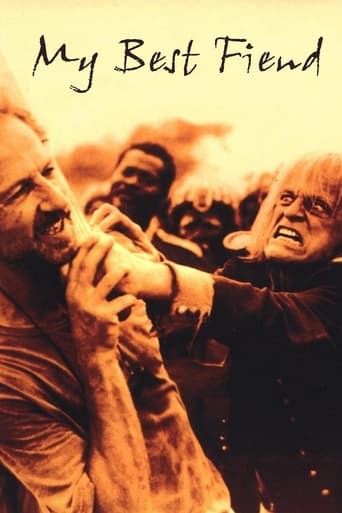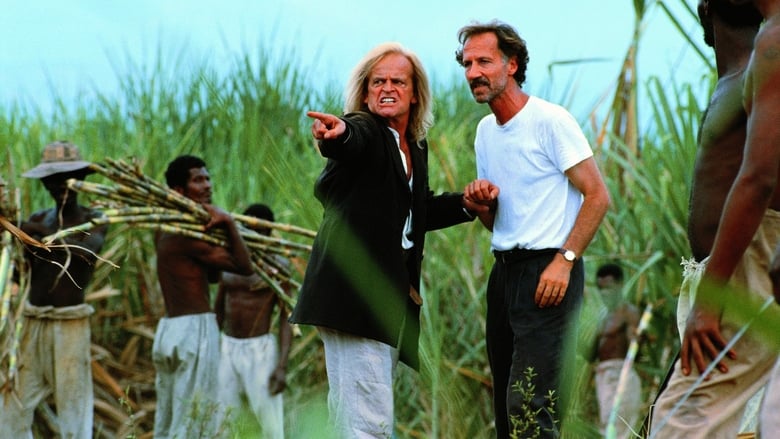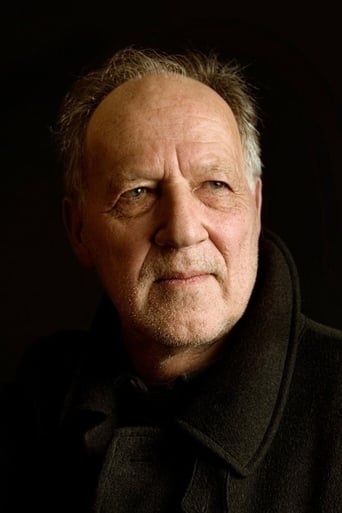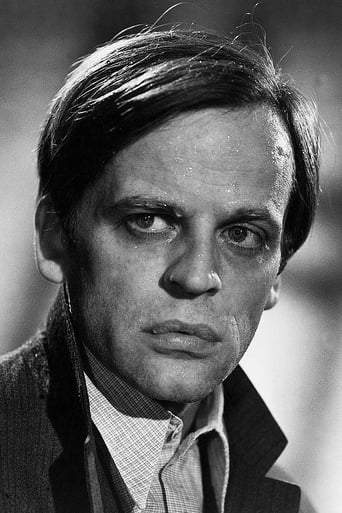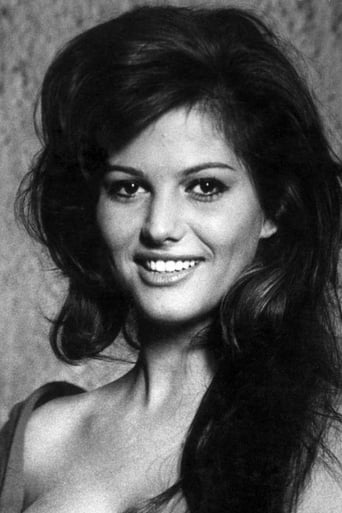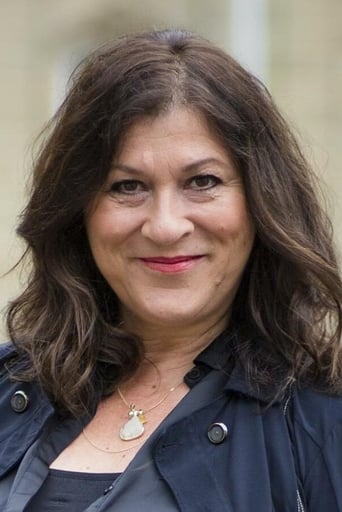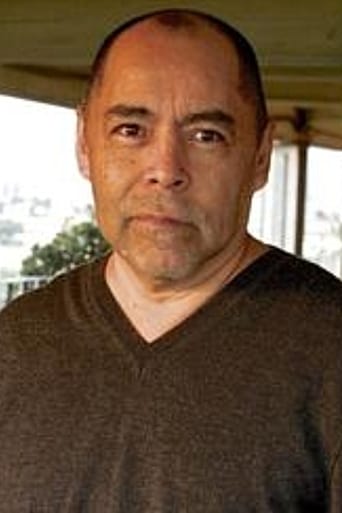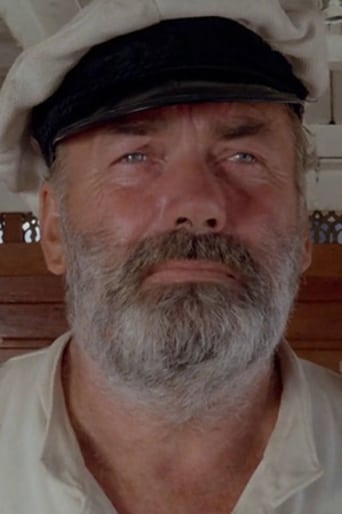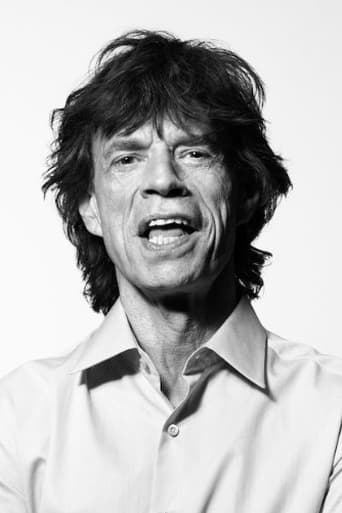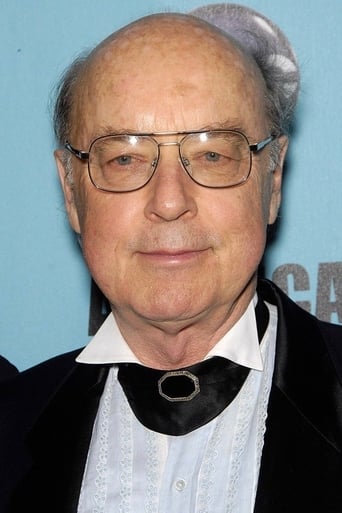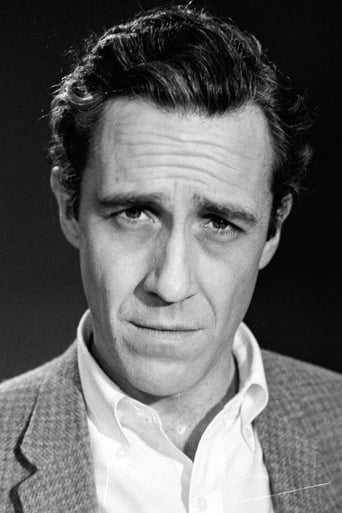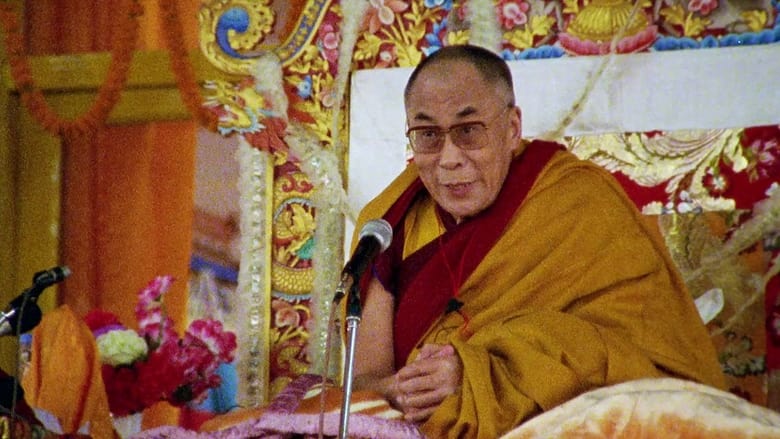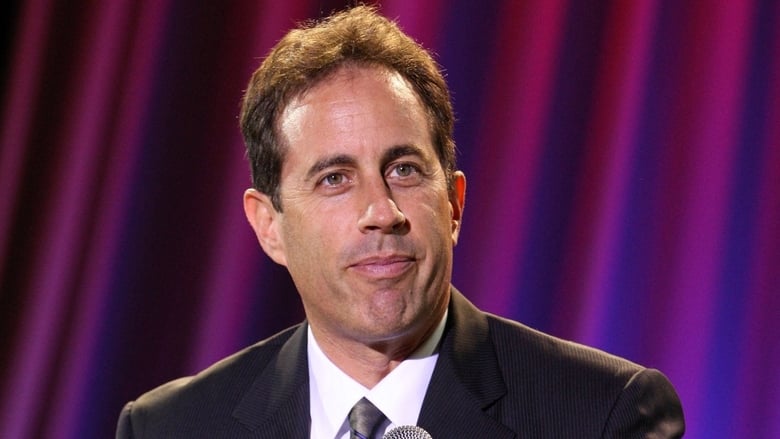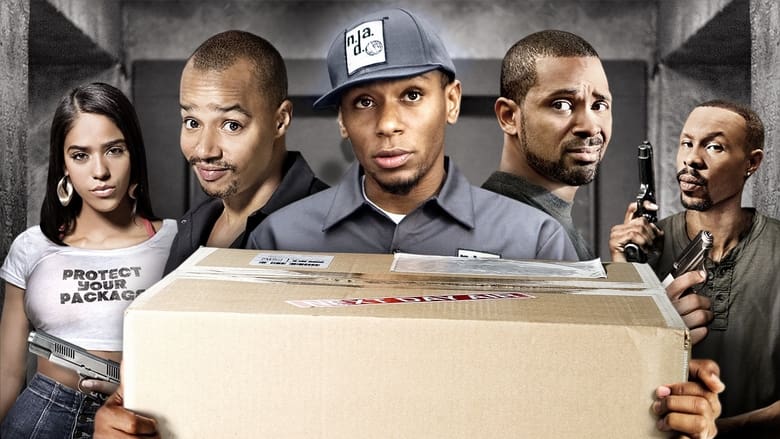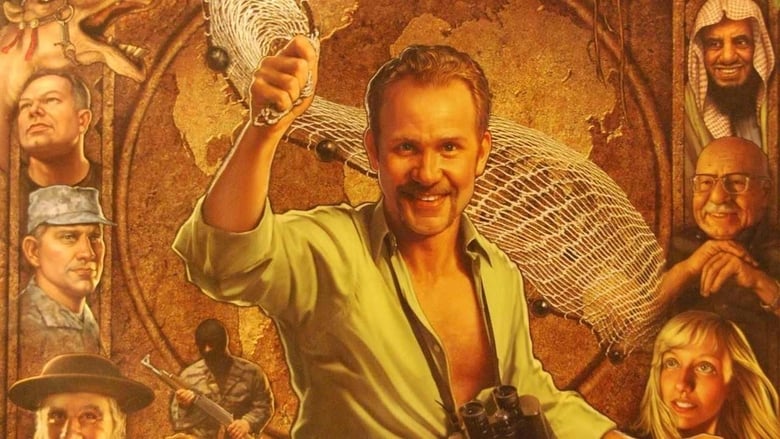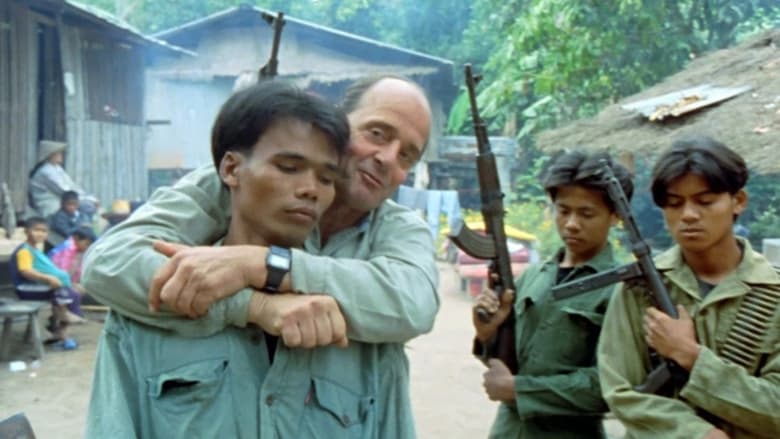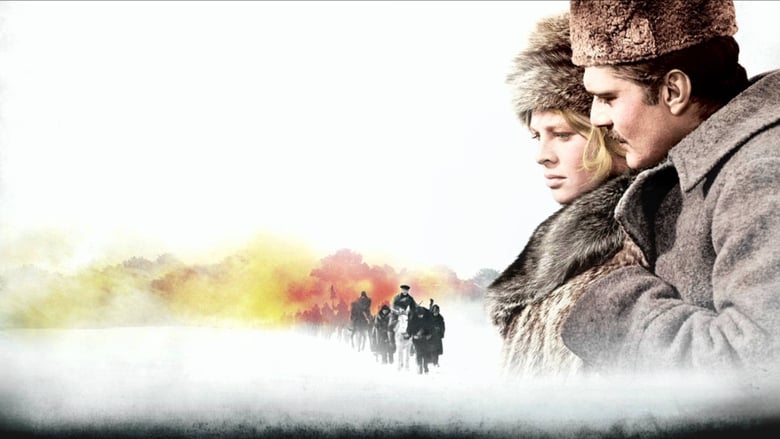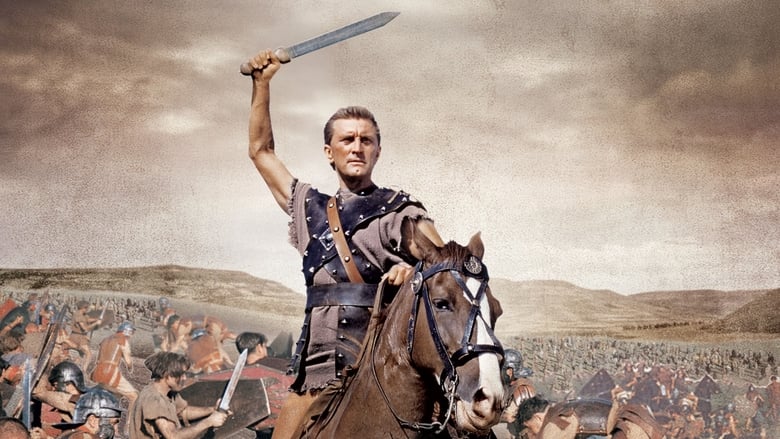A film that describes the love-hate relationship between Werner Herzog and Klaus Kinski, the deep trust between the director and the actor, and their independently and simultaneously hatched plans to murder one another.


Similar titles
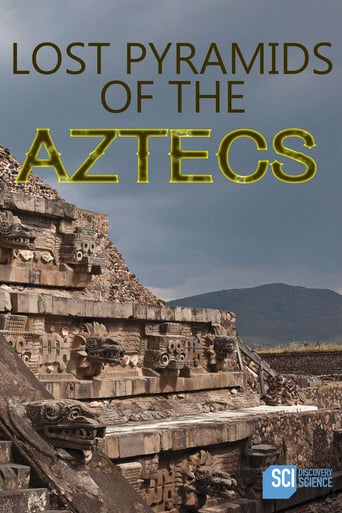

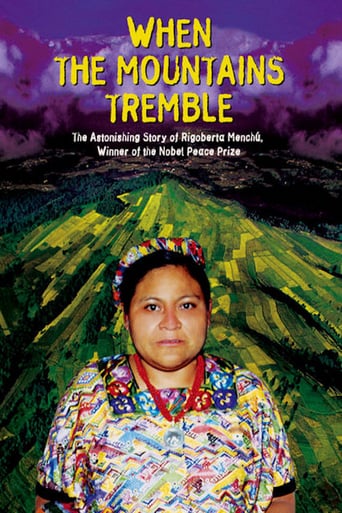
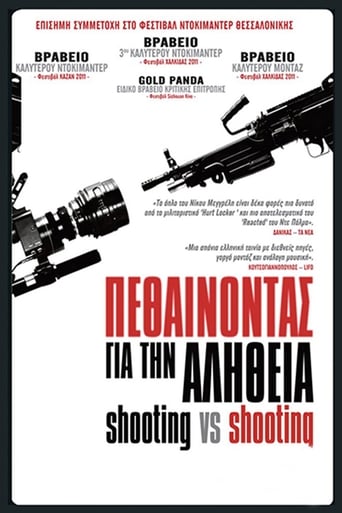
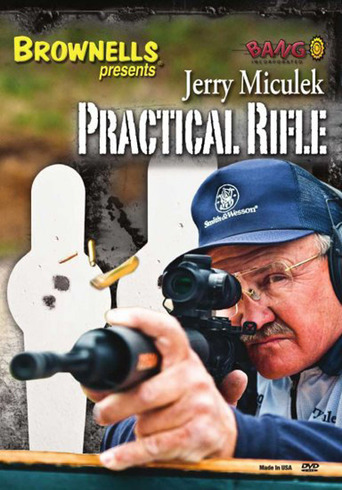
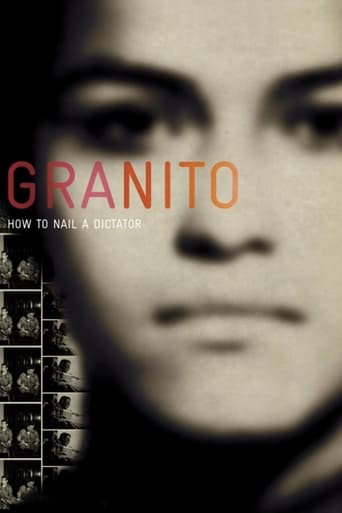
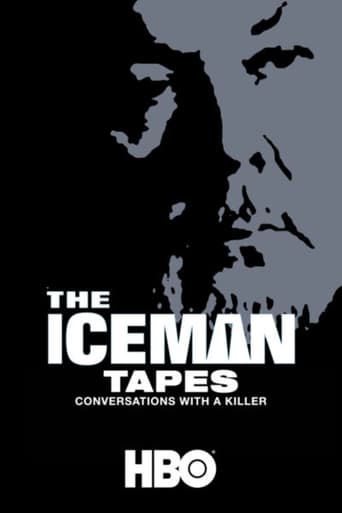
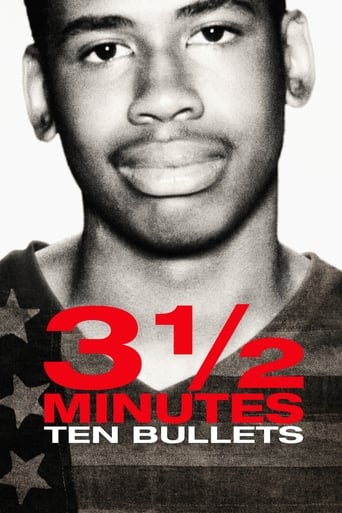
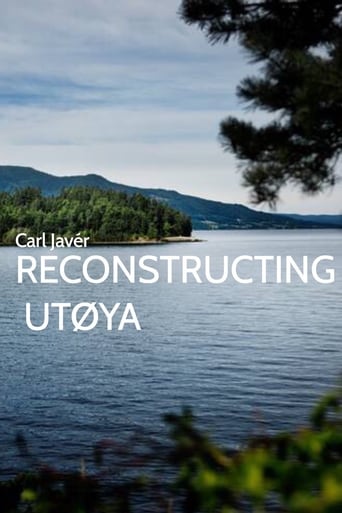
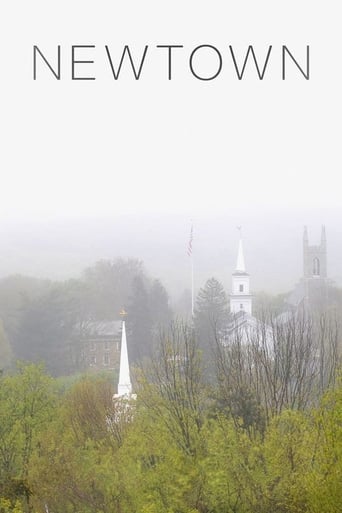
Reviews
I know this is meant to be about the relationship between Herzog and Kinski, but I really want less of the former and more of the latter. Kinski was a fascinating, explosive personality and we ought to see more of him outside the context of his work with Herzog. There's barely any acknowledgment of his life beyond those five films, either before, during or afterward. While this makes it a more personal film, it also feels like Herzog is trying to inject himself into the narrative of a documentary that is crying out to be more of a personality profile. At times it seems like he's attempting to hitch himself to Kinski's wagon of crazy. Also, much of this is duplicated in Les Blank's BURDEN OF DREAMS. I really didn't need to see that dreadful Robards/Jagger footage from FITZCARRALDO again.
As mentioned in other reviews and as already communicated by the film title, this documentary offers a very subjective view on Kinskis personality: Kinski as seen and as "utilized" by the director Werner Herzog. The film describes Herzogs artistic vision of filmmaking and the rough personality Kinski contributed to this mission. By doing this, it is at least a fascinating documentary about filmmaking itself.It's obvious that Kinski with his impulsive, uncut and nearly superhuman presence that nearly blows up the screen is the prototype actor for the typical Herzog protagonist: a man whose over-individuality tears him apart from the human society and whose untamed passion only finds a metaphoric equivalent in the wild and uncivilized nature - in which he will finally collapse; well, at least in most cases. The documentary gives impressive evident for Kinski being this ideal candidate by comparing alternate scenes from Fitzcarraldo, one with Kinski as Fitzcarraldo and one with Mick Jagger. Jagger, a charismatic wild-man on stage, ends up as a harmless milksop when compared with Kinskis furious insanity.However, it seems that Herzog still wants to watch Kinski through the eyes of the director, not allowing too much deviation from the intended role. This becomes obvious in a short dialog with actress Eva Mattes, who describes Kinski as a polite, shy and 100% professional person. Herzogs reaction can be paraphrased as "But wasn't he also a madman?" Biographical research or psychological analysis are not the matter of this film. The reason is simple and becomes obvious during the movie: while showing some kind of "best-of-Kinski" moments, the documentary focuses more and more on Herzog himself and his mission, and in one scene Herzog will happily tell that he is a little bit insane, too.So, his approach to this documentary is rather comparable to the great films he made with Kinski: Kinski is the headliner and catalyst for Herzogs artistic vision to accomplish the 'impossible' gesamtkunstwerk: realizing filmmaking in a hostile environment, revealing the unseen and pushing everyone involved to his individual limits.With many unreleased flicks from film shootings and Kinski stage shows, interviews with involved actors and staff and some very intense shots (butterfly scene), this film is nevertheless highly recommendable to all Herzog / Kinski followers.
uoahhh!!!! I really think this is the only expression one can experiment at the end of this masterpiece!!! Does everybody knows the magnificent and intrinsic magic of that unusual relationship? If ,for some reason ,you are fan of one these guys,please do not miss it!!!!.This "HERZOGIANDOKUMENTAR" is the best in his filmography,it consolidates the basic principles of filming gathered together with life lessons about friendship and,above all,human relationships.y can remember now all the turmoil of sensations that had run in my mind just before the end and after it ended.A deep sense of understanding and comprehension of what human nature is,specially,amongst those who lives from the outstanding art of performance and filming.Strongly recommended!!!.
My Best Fiend, a take on the working relationship and history between filmmaker Werner Herzog and actor Klaus Kinski (by Herzog himself), puts on the facade of a documentary as Herzog interviews some of the participants- actors and at least one crew member- in the productions of the films (Aguirre, Woyzek, Nosferatu, Fitzcarraldo, and Cobra Verde, only the first and third seen by me). But it's less that than a kind of confessional from Herzog, a collection of anecdotes, horror stories, and in general psychologically breaking through the general perceptions regarding their collaborations as actor and director. Part of that perception, of course, is totally correct. Herzog, always a filmmaker wanting the utmost control of his stories about madmen obsessed with goals that seemed impossible or in subject matter that was marked as dark and disturbing as possible (without being too graphic), had to contend with his own kind of 'character' in the form of Kinski, who could be a little frightened being scared of a wasp one moment, and the next acting like someone killed his child when in reality the coffee was lukewarm.Kinski, in most of the footage that is put forth in this film- even the footage that is basically taken right out of the Herzog works themselves- add to the profile of what this man might be. It's alternately funny and unnerving to see the one big outburst of his anger at a production manager on the set of one of the films, when as Herzog says 'compared to his other outbursts this was mild'. Equally jarring is seeing him doing some kind of Jesus-play or a weird sermon at the start of My Best Fiend, where he comes off like he's half a rock-star and half certifiable. But at the same time a little of the footage, along with some of the anecdotes, also give him the light of something of a schizophrenic, who on the one hand could be extremely demanding and ultimately ego-maniacal if not at the center of attention, and on the other could be the most professional actor this side of a Howard Hawkes picture. Interesting too is seeing the two interviewees who have the best things to say about Kinski- his female co-stars from Woczek and Fitzcarraldo. Maybe there's something of Kinski being the prototypical male as opposed to just being an escaped anger management patient. He's described as being sweet and kind and very polite to his co-stars of the opposite sex. But with the male ones, who knows.The testimonials from Herzog build to something quite fascinating, not just as a subjective profile of an actor and a quasi-friend (err, fiend); it's also a movie about Herzog too, about how he sort of found out more about himself from having to tame the beast, so to speak. The near legendary story of Herzog threatening murder and suicide if Kinski walked off Aguirre, for example, perhaps showed to his star not exactly that his own director was as nuts as him, but that he took what he was doing just as seriously, if not more so, than he on a professional level. There's even an easy-going scene (the only one with both of the men speaking in English) where they seem most down to earth about why they work together so often. If there is anything that might be lacking from all of this it's that we get to see so much of certain sides of a few of their productions, while Nosferatu and Cobra Verde are either left out altogether or just mentioned in brief towards the end. There's also an unnecessary scene where Herzog is reminiscing over a gallery of photos of Kinski and himself. And the balance between telling one side or the other of the actor's persona seems to not always be shifted totally in proportion; by the end we almost want to see more and find out more than has been presented.But what is in My Best Fiend is pretty close to priceless for die-hard fans of the director and actor, and as one who's getting more into the filmmaker's career (and finding Kinski to be Germany's much more crazy answer to Al Pacino- an actor with the intensity and passion and skill of twenty actors all in the eyes and mannerisms), it's a very good work to also be seen by people who have not even seen one of the five films by the director and star. It's a very bizarre, very on-edge, but ultimately fruitful collaboration that now has made for a kind of mix of expose, memorial, and elongated denouement. And it also is very funny as well.
